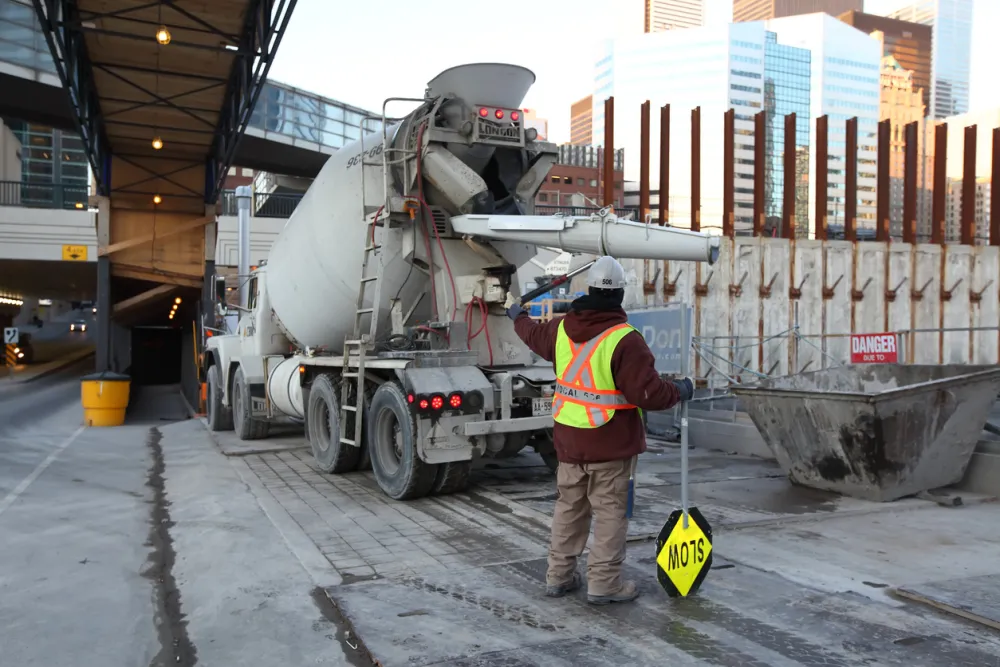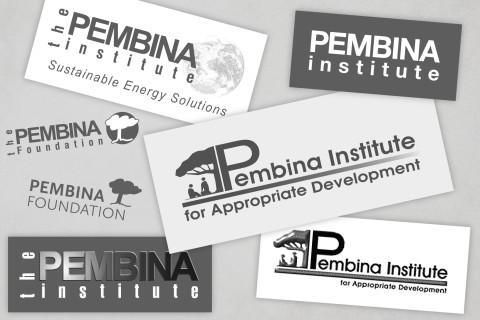Canada is undergoing a major push to accelerate nation building through the rapid construction of housing and infrastructure. This will consume vast quantities of concrete, the most used manufactured material on earth and the second most used material, following water. Cement, the primary binding agent in concrete, is extremely carbon intensive to produce. Recognizing the need to reduce emissions, cement producers have begun to offer products that are less emissions intensive. Canada’s nation building presents a once-in-a-generation opportunity to prioritize the use of lower-carbon building materials from the outset.
Several measures can increase the use of these lower-carbon concretes. Amending codes and standards to be less prescriptive allows project proponents and the construction sector to incorporate proven, emerging technologies and materials. Helping governments build their capacity to use Environmental Product Declarations (EPDs) and providing educational resources about the products available and how their use may differ from general-use cement mixes plays a crucial role in closing the education gap and empowering industry and workers to adopt these alternatives with greater ease.
Cement has been made the same way for hundreds of years and using something you’re unfamiliar with can be challenging. To help inform engineers, building designers, construction teams, and others who may interact with lower-carbon concretes about the array of products, organizations like the Ready-Mix Concrete Association of Ontario have put together guides, such as the Carbon Concrete National Guide. The guide defines what lower-carbon concrete is, how emissions can be reduced, and outlines how to specify ready-mix concretes while using EPDs. It also includes several case studies for projects across Canada that have successfully used lower-carbon concrete.
Concrete Ontario offers the Fundamentals of Sustainable Concrete training program, which is the first of its kind in Ontario, demonstrating the fundamentals of concrete with an additional sustainability component. Some universities are also starting to incorporate sustainable concrete into their engineering programs, and schools such as the University of Toronto are even offering master’s degree programs dedicated to concrete that cover sustainable mix designs. Companies such as Lafarge have begun partnering with universities, including Queen's University, to ensure that engineering students receive firsthand exposure to lower-carbon concrete products. This exposure will enable them to use these materials on real projects while also emphasizing the importance of working towards reducing emissions in infrastructure projects.
A major push is underway across Canada to building more housing and infrastructure on an accelerated scale. As this construction gets underway, there is a generational opportunity to ensure that it’s built with lower-carbon materials, which requires workers with the tools, skills, and motivation to seek out new building materials. When building teams, from engineers to site supervisors, aren’t aware of the suite of lower-carbon materials available to them or feel comfortable using them, they can often be overlooked. Or worse, the opportunity might be passed up due to teams defaulting to materials they’re more familiar with from past experience.
Bringing awareness to the training programs about the importance of lower-carbon building materials, especially concrete, can help bridge the education gap and build confidence about using them.








